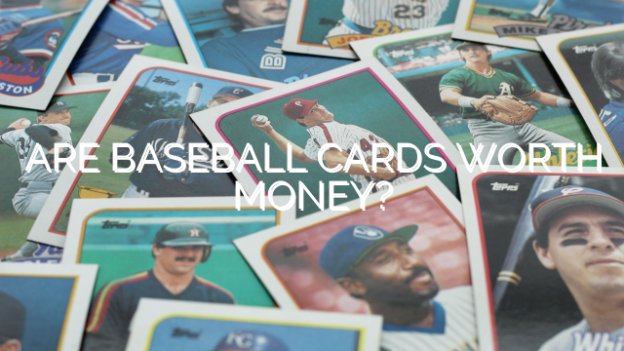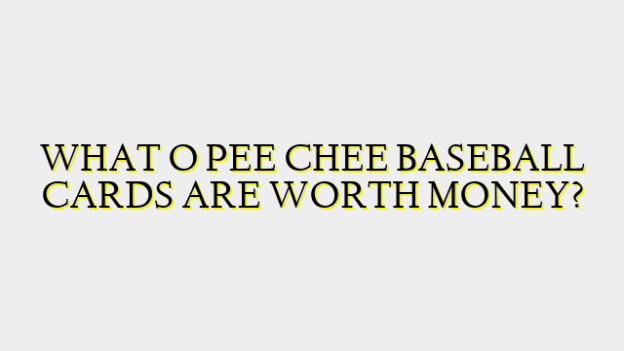The value of baseball cards can vary greatly depending on several different factors. While some common baseball cards from recent years may only be worth a few cents, vintage cards and cards of star players can potentially be worth thousands or even tens of thousands of dollars.
One of the main factors that determines the value of a baseball card is its age and year. As with many collectibles, older vintage cards from the early years of baseball in the 1900s and the 1950s-70s period tend to be the most valuable. This is because far fewer of those cards were produced compared to modern print runs. For example, Honus Wagner cards from the early 1900s in near-mint condition have sold for over $1 million. Cards from the 1950s of stars like Mickey Mantle can be worth tens of thousands in top condition as well.
Another huge factor is the player featured on the card and their significance in baseball history. Cards of legendary players who had amazing careers and stats will retain value better over time. The rarer the player or the more accomplishments they achieved, the better. For example, rookie cards for players like Mike Trout, Bryce Harper, Ken Griffey Jr. and others held or increased value as their careers progressed and they became Hall of Fame talents. International players can also gain value from foreign collectors.
On top of age and players, the specific card variation, set and condition play a huge role. Rare error cards missing statistics or team logos can be worth far more than regular versions. Promotional and parallel issued cards available only through certain packs are also more valuable. Sets like Topps Flagship base cards from the 50s-80s that were mass produced are less scarce, while tobacco or specialty subsets contained fewer cards and hold more value. Lastly, condition is key – with a mint card in pristine condition bringing far more money than a worn, damaged one.
Whether a card was autographed or contained memorabilia pieces like patches also lifts the price tremendously. Authentic rookie signatures in top shape can sell for thousands depending on the player. Patch cards containing game-worn fabric are extremely collectible as well. Serial numbered parallels and refractors tend to hold more value than standard base versions too.
There is no definitive price list and values also depend heavily on current demand and what a collector is willing to pay compared to similar past sales. The baseball card market rises and falls over time based on many economic factors outside collecting too. During the speculation boom of the 1980s-90s, even relatively common cards spiked absurdly before a crash. Values are set by what people are actually paying, so a card is truly worth what someone will give you for it.
While many modern mass-produced baseball cards have little intrinsic value, vintage cards and those featuring all-time great players do retain significant collector worth – especially in top conditioned, scarce and autographed/memorabilia versions. Age, players, variations, sets, and condition all factor into determining potential value, with important vintage and star rookie cards often valued in the hundreds to thousands of dollars or more for top examples. Savvy collectors also time the market to find the most valuable windows to buy and sell. So in the right circumstances, a baseball card absolutely can hold significant financial worth for a collector or investor.


